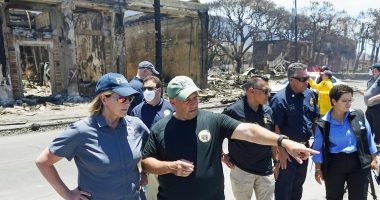
In editorials published in the spring on the Brookings website and in NextCity, a nonprofit news organization, Dr. Loh and her co-authors have argued that some of the very traits that can make cities more dangerous during a pandemic, like population density, can also make them more advantageous should a pandemic take hold.
Populous urban areas and cities may offer larger safety nets than rural regions, Dr. Loh said. New York City, for example, has plentiful hospitals, specialists, equipment and resources for coronavirus testing.
Cities also tend to offer a larger variety of social support services, said Jenifer E. Allsworth, an epidemiologist at the University of Missouri-Kansas City, including various child care and public transportation options. (So far, mass transit does not seem to significantly contribute to the spread of the coronavirus, provided there is adequate ventilation and riders wear masks.) And cities tend to have more delivery options for of all kinds of items including food, medicine and household supplies.
It’s also easier for small businesses like restaurants to use delivery services to stay afloat when there are more potential customers per square mile, a boon to city residents who either own those businesses or depend on them. And cities tend to have more employment opportunities than do rural areas, Dr. Loh said.
“Urban areas are more resilient because they have more diversified economies,” she added.
How you (and your community) behave is more important than where you live.
In the end, every expert agreed that when it comes to reducing the risk of getting sick, behavior is more important than location.
“This virus is relentless and it will hunt down anyone who ignores social distancing practices,” said Dr. Lee W. Riley, a professor of infectious disease at the School of Public Health at the University of California, Berkeley. “So it’s not necessarily the type of space where people live, but the type of behavior that people engage in their spaces that ultimately determines who gets infected.”
New York City was able to beat back the virus in the late spring and summer months by enforcing critical public health measures like shutting down nonessential businesses, adopting mask wearing and encouraging social distancing. Other areas that took no such precautions, like parts of the South and Upper Midwest, saw big surges.
Source: | This article originally belongs to Nytimes.com








